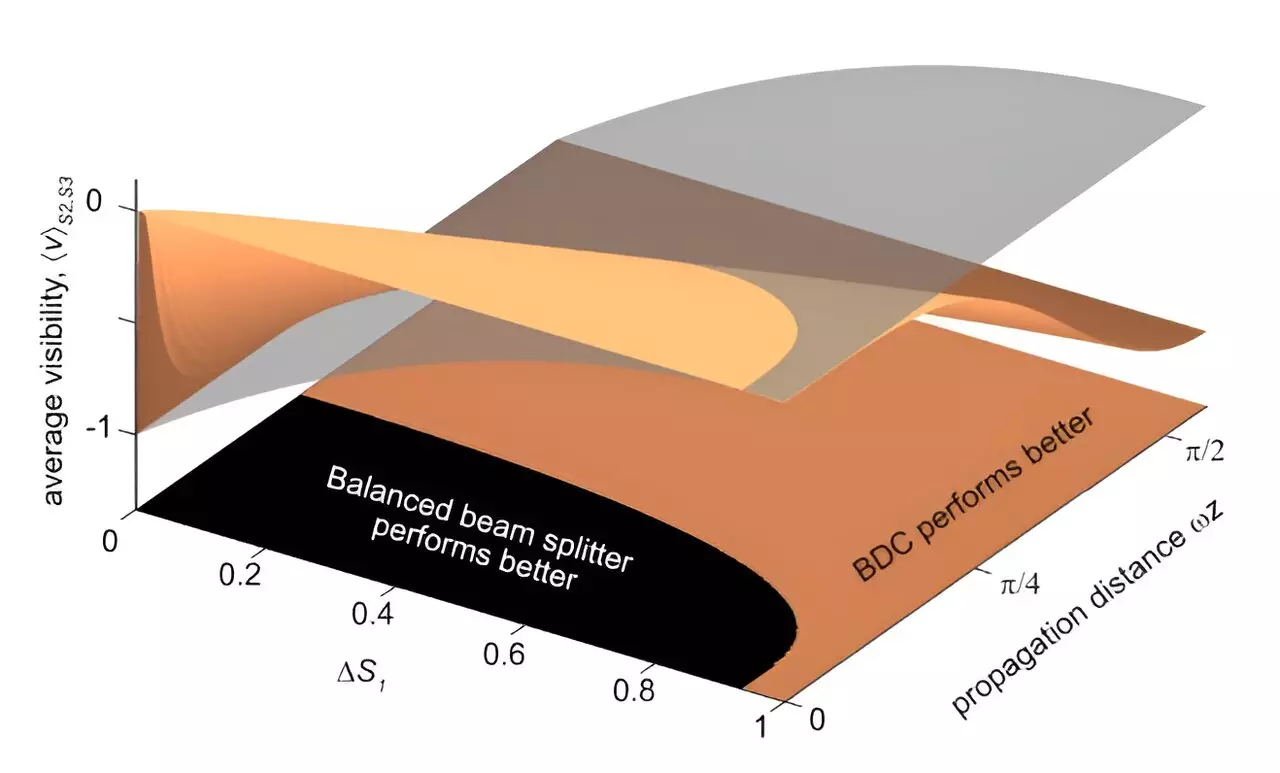The recent collaboration between Professor Szameit’s research group at the University of Rostock and researchers from the Albert-Ludwigs-Universität Freiburg has led to a significant breakthrough in stabilizing the interference of two photons in optical chips through the concept of topologically protected wave propagation. This innovative research, published in Science, highlights the synthesis of seemingly unrelated concepts to push the boundaries of scientific knowledge.
Professor Alexander Szameit’s research group delves into the evolution of light in optical waveguide circuits in the presence of topology. The abstract mathematical concept of topology was originally designed to classify solid geometries based on their global properties. Szameit explains that in topological systems, light strictly adheres to the overall characteristics of the waveguide system, unaffected by local perturbations such as defects or disorder. This unique approach sets the stage for exploring new possibilities in optical technologies.
The groundbreaking discovery of photon interference by physicists Hong, Ou, and Mandel in 1987 laid the foundation for understanding the quantum nature of light particles. This phenomenon, coupled with the concept of entanglement, has opened doors to revolutionary optical quantum technologies like quantum computers. By combining topologically robust light propagation with the interference of photon pairs, researchers are able to harness the quantum behavior of light in a controlled manner.
Implications for Quantum Technologies
Doctoral candidate Max Ehrhardt emphasizes the importance of topological protection in the design of optical elements for quantum technologies. As the complexity of these technologies continues to grow, ensuring proper operation regardless of manufacturing tolerances becomes a critical factor. The ability to deform waveguide systems without compromising quantum interference highlights the vast potential for constructing topological systems for light.
The Future of Topological Quantum Light
Senior scientist Dr. Matthias Heinrich underscores the rich possibilities offered by waveguide systems in constructing topological structures for light. The fusion of topological concepts with quantum light not only opens new avenues for research but also paves the way for practical applications in optical technologies. Professor Szameit expresses his excitement about the symbiotic relationship between topological systems and quantum light, hinting at a promising future for this groundbreaking research.
The integration of topology with quantum light in optical chips represents a significant milestone in the field of quantum technologies. The ability to manipulate and control the behavior of photons at a fundamental level through topological protection offers a new paradigm for exploring the possibilities of light-based technologies. As researchers continue to push the boundaries of science, the intersection of topology and quantum light holds immense potential for shaping the future of optical technologies.


Leave a Reply